Tags
American Philological Association, custos, Divine Office, Feast of Saints Peter and Paul, Greek, hymns, James T Svendsen, lauds, Madeleine Award for Distinguished Service to the Arts and Humanities, matins, moral conduct, Paul, Peter, Roman, sin, The University of Utah, Trinity, University of Minnesota, Utah, vocatives
Over the next several months, Rare Books will present transcriptions, translations, and commentaries of our manuscript fragments of medieval Latin chants. We are grateful to James T. Svendsen, Associate Professor Emeritus, The University of Utah, for this labor of love. Professor Svendsen spent several weeks in the Special Collections reading room, transcribing and translating and adding commentary to each piece.
Prof. Svendsen joined the faculty of the Department of Languages and Literature (now World Languages and Culture) at The University of Utah in 1969 and became Adjunct Associate Professor of Theater in 1976. He received his Ph.D in Classics from the University of Minnesota, where he specialized in Greek and Roman theater and was actively involved in several stage, film, and radio productions. He is known for his work with the Classic Greek Theatre Festival. He was named University Professor, 1990-91, along with Orest G. Symko (Physics). As University Professor, Svendsen taught courses on ancient Greek and Roman culture.
Prof. Svendsen has received several University of Utah awards for teaching and received a national award for Teaching Excellence in Classics from the American Philological Association. In 2009, Prof. Svendsen was presented with the Madeleine Award for Distinguished Service to the Arts and Humanities. At the awards dinner, Prof. Svendsen said, “I have been fortunate to find my niche here in Utah and have the opportunity to teach Greek and Latin language, literature and culture, and to share the world of ancient Greece with a wide array of audiences in Utah communities.”
We are fortunate that Dr. Svendsen continues to share his knowledge with our community through his generous translations.
Thank you, Jim!
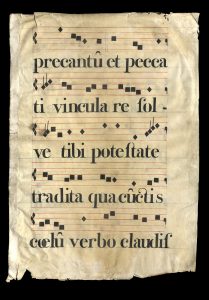
(Accipe vota)
precantu(m) et peccati vincula resol-
ve tibi potestate tradita qua cu(n)ctis
coelu(m) verbo claudis (et) aperis.
(Accept the vows)
of those praying and resolve the bonds of sin
by the power handed over to you by which for all
you close (and) open heaven.” (i.e. you have the claves/keys to the kingdom!)
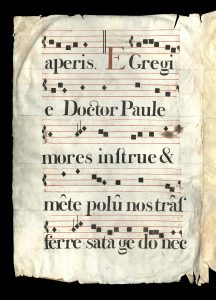
aperis. Egregi
e Doctor Paule
mores instrue &
me(n)te polu(m) nos tra(n)s-
ferre satage donec
O renowned teacher, Paul, instruct our ways/conduct and accomplish that we reach heaven in/with mind until…
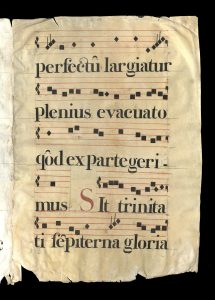
perfectu(m) largiatur
plenius evacuato
q(u)od ex parte geri-
mus. Sit trinita-
ti se(m) piterna gloria
that perfect love abounds more fully which now below we share in part. Let there be to the Trinity eternal glory

honor potestas atq(u)e
iuybilatio in unita-
te cul manet impe-
rium ex tu(n)c & modo
per et(er)na secula ame(n).
honor, power and jubilation in one unity to whom there remains power then and now and for eternal ages. Amen
This hymn was sung on the Feast of Saints Peter and Paul (June 29th). The section begins with the third verse of the hymn “Aurea luce” which begins “lam bone pastor Petre clemens accipe vota…” (Now good pastor, Peter accept these vows…) sung originally at matins and now at lauds as part of the Divine Office. Thus these hymns are not psalms nor part of the mass but sung early in the morning at matins or lauds. They are prayers to Peter and Paul (in vocatives) with imperatives requesting help against sin and instruction in moral conduct.
The mark at the left of each line designates the “Fa” clef. The small diamond at the end of each line is the “custos,” the “guard” indicating the first note of the next line or page. The diacritical mark indicates that a letter is missing from the text, usually an “m” or an “n.” In the restored pronunciation these were not full consonants but only nasalizations.
~contributed by Jim Svendsen, associate professor emeritus, World Languages and Cultures, The University of Utah

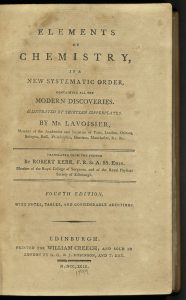
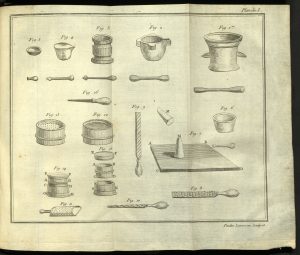
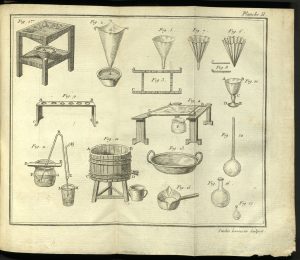
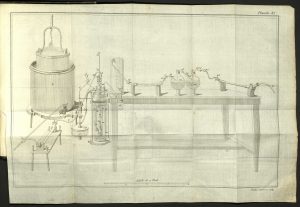
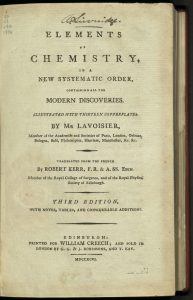
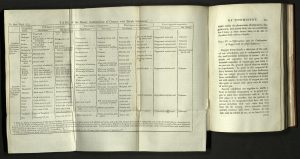
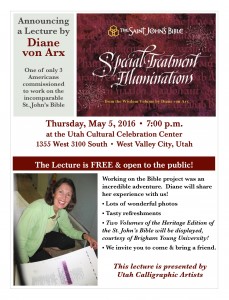

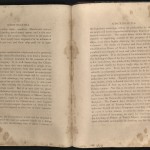
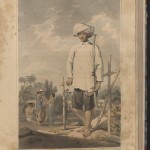
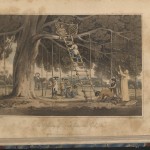
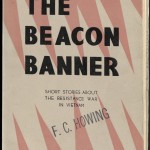
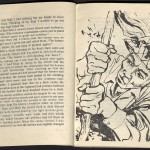
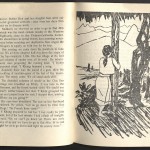
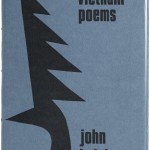
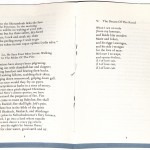
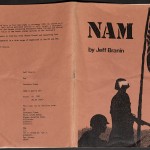
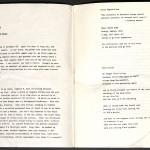
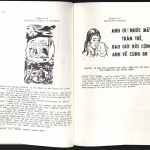
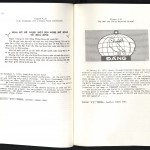
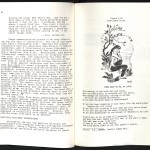
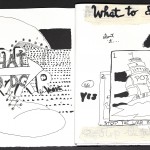
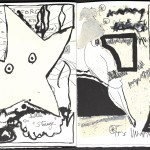
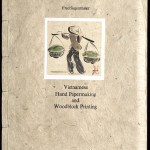
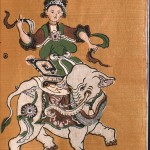

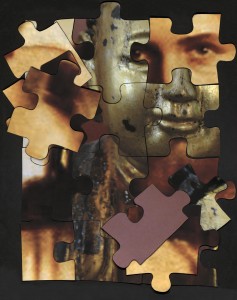
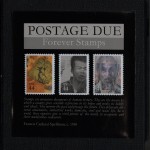
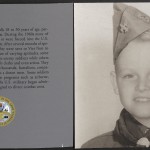
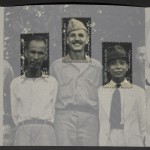
You must be logged in to post a comment.